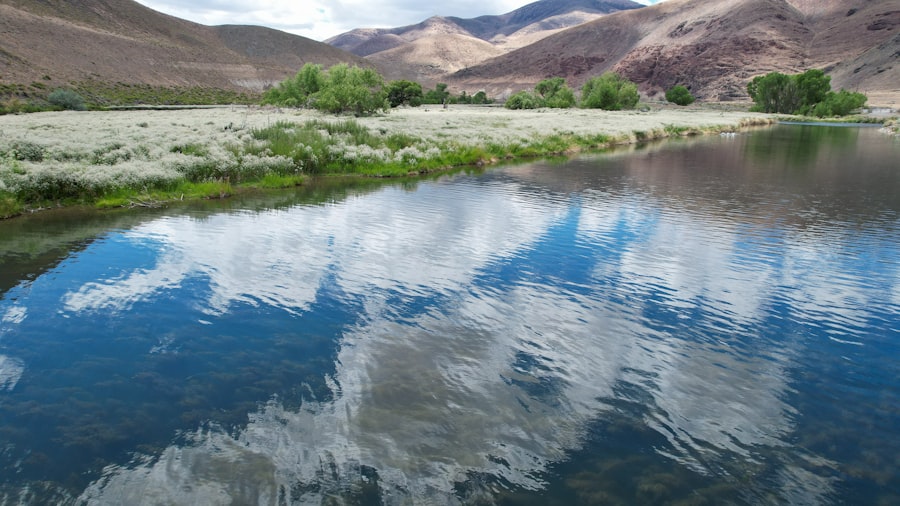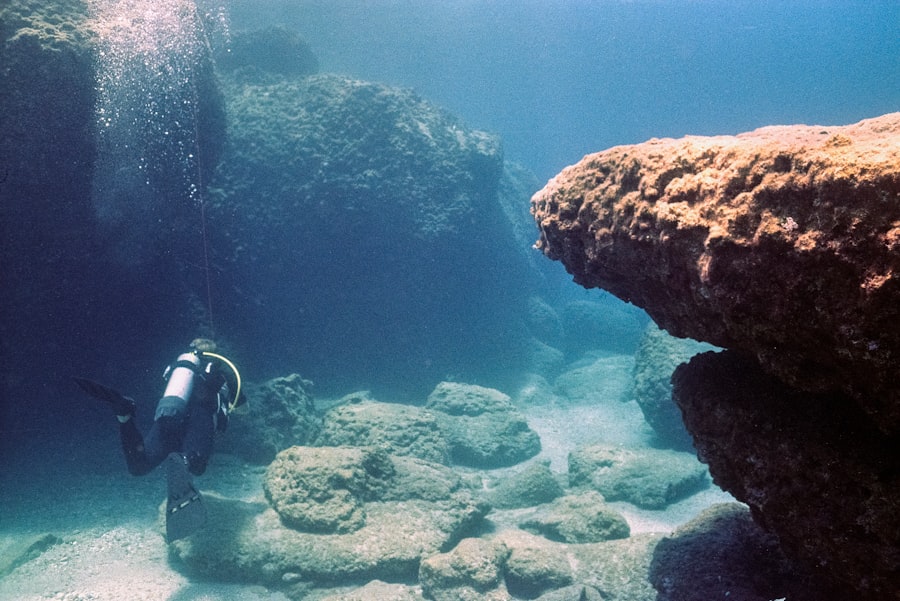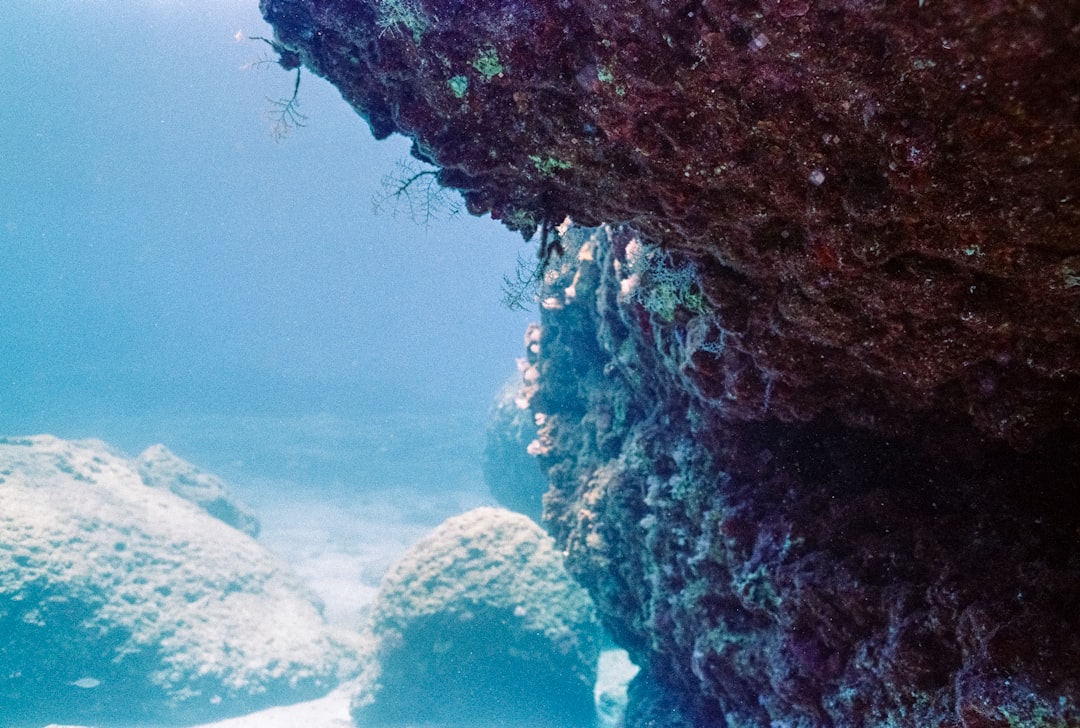The Drake Passage, a body of water situated between the southern tip of South America and Antarctica, is renowned for its tumultuous seas and unpredictable weather. This narrow stretch of ocean is not only a critical maritime route but also a significant geographical feature that connects the Atlantic and Pacific Oceans. The passage is named after the English explorer Sir Francis Drake, who navigated these waters in the late 16th century.
Its strategic importance has made it a focal point for maritime navigation, scientific research, and ecological studies. The Drake Passage is characterized by its deep waters and strong currents, which are influenced by the confluence of various oceanic systems. The region is notorious for its rough seas, often described as some of the most challenging waters for sailors.
However, beneath the surface lies a hidden world of underwater mountains, known as seamounts, which play a crucial role in marine ecosystems and oceanic processes. These submerged geological formations are not only fascinating in their own right but also serve as vital habitats for diverse marine life.
Key Takeaways
- The Drake Passage is a narrow stretch of water between South America’s Cape Horn and the South Shetland Islands of Antarctica, known for its strong winds and currents.
- Underwater mountains, also known as seamounts, are formed by volcanic activity and can rise thousands of meters from the ocean floor.
- Underwater mountains support a diverse range of marine life, including corals, sponges, and fish, making them important hotspots of biodiversity.
- Research and exploration of underwater mountains have been limited due to their remote locations and the challenges of deep-sea exploration.
- Underwater mountains play a crucial role in shaping oceanic currents and influencing global climate patterns.
The Formation of Underwater Mountains
Underwater mountains, or seamounts, are formed through volcanic activity and tectonic processes. These geological structures arise from the ocean floor when magma from the Earth’s mantle pushes through the crust, creating peaks that can rise thousands of meters above the seabed. Over time, as these volcanic formations become inactive, they can be eroded by ocean currents and sedimentation, leading to unique shapes and sizes.
The formation of seamounts is a testament to the dynamic nature of the Earth’s geology, where tectonic plates constantly shift and reshape the planet’s surface. In the context of the Drake Passage, the underwater mountains are particularly significant due to their role in shaping local ocean currents and influencing marine biodiversity. The interaction between these submerged peaks and the surrounding waters creates a complex environment that supports a variety of life forms.
As ocean currents flow over and around these mountains, they can enhance nutrient upwelling, which is essential for sustaining marine ecosystems. This interplay between geological processes and oceanic dynamics highlights the importance of underwater mountains in understanding both geological history and contemporary marine environments.
The Biodiversity of Underwater Mountains

The biodiversity found around underwater mountains is remarkable, with these structures serving as hotspots for marine life. The unique topography of seamounts creates diverse habitats that support a wide range of organisms, from microscopic plankton to large marine mammals. The upwelling of nutrients caused by ocean currents interacting with these underwater formations fosters an abundance of phytoplankton, which forms the base of the marine food web.
Moreover, underwater mountains often serve as breeding grounds for many marine species. The complex habitats provided by rocky outcrops and varying depths create ideal conditions for spawning and nurturing young fish.
Coral reefs may also develop on these seamounts, further enhancing biodiversity by providing shelter and food for numerous marine organisms. The intricate relationships between species in these ecosystems underscore the importance of underwater mountains in maintaining healthy oceanic environments.
Research and Exploration of Underwater Mountains
| Location | Depth | Species Discovered | Research Vessels |
|---|---|---|---|
| Mid-Atlantic Ridge | 2,500 meters | Unknown species of fish, corals | RV Atlantis, RV Falkor |
| East Scotia Ridge | 3,000 meters | Deep-sea crabs, hydrothermal vent communities | RV James Cook, RV Sonne |
| Macquarie Ridge | 1,500 meters | Unique sponge species, octopuses | RV Investigator, RV Tangaroa |
The exploration of underwater mountains has gained momentum in recent years, driven by advancements in technology and a growing interest in marine science. Researchers utilize sophisticated tools such as remotely operated vehicles (ROVs) and autonomous underwater vehicles (AUVs) to study these submerged landscapes. These technologies allow scientists to map the seafloor, collect samples, and observe marine life in their natural habitats without disturbing delicate ecosystems.
Despite the challenges posed by deep-sea exploration, significant discoveries have been made regarding the geological features and biological communities associated with underwater mountains. Research expeditions have revealed previously unknown species and provided insights into the ecological roles these formations play in broader oceanic systems. As scientists continue to investigate these underwater realms, they uncover valuable information that contributes to our understanding of marine biodiversity and the health of ocean ecosystems.
The Role of Underwater Mountains in Oceanic Currents
Underwater mountains significantly influence oceanic currents, acting as barriers that redirect water flow and create complex circulation patterns. As currents encounter these submerged peaks, they are forced to rise or change direction, leading to variations in temperature and salinity that can affect local marine environments. This dynamic interaction plays a crucial role in nutrient distribution across vast oceanic regions.
The impact of underwater mountains on ocean currents extends beyond local ecosystems; it also has implications for global climate patterns. By influencing the movement of warm and cold water masses, seamounts can affect weather systems and climate variability. Understanding these interactions is essential for predicting changes in ocean circulation and their potential effects on climate change.
Underwater Mountain Ecosystems

The ecosystems surrounding underwater mountains are characterized by their complexity and diversity. These environments often host unique communities of organisms adapted to specific conditions found at varying depths and temperatures. For instance, hydrothermal vents located near seamounts provide an entirely different ecosystem fueled by chemosynthesis rather than photosynthesis.
Here, extremophiles thrive in high-temperature environments, showcasing the resilience of life in extreme conditions. Additionally, the presence of underwater mountains can lead to distinct ecological niches where species evolve in isolation from their counterparts elsewhere in the ocean. This phenomenon contributes to high levels of endemism—species that are found nowhere else on Earth—making these ecosystems critical for biodiversity conservation efforts.
The intricate relationships among species within these ecosystems highlight the importance of preserving underwater mountains as vital components of global marine biodiversity.
Challenges of Exploring Underwater Mountains
Exploring underwater mountains presents numerous challenges that researchers must navigate to gain insights into these unique environments. The extreme depths and pressures found in many regions make access difficult, requiring specialized equipment and training for scientists involved in deep-sea research. Additionally, the harsh conditions—such as low temperatures and limited visibility—pose significant obstacles to exploration efforts.
Moreover, the vastness of the oceans means that many underwater mountains remain uncharted or poorly understood. While technological advancements have improved exploration capabilities, there is still much to learn about these submerged landscapes. The logistical challenges associated with deep-sea expeditions often require substantial funding and resources, which can limit the scope of research initiatives focused on underwater mountains.
Conservation Efforts for Underwater Mountains
Recognizing the ecological significance of underwater mountains has led to increased conservation efforts aimed at protecting these fragile ecosystems. Various organizations and governments are working together to establish marine protected areas (MPAs) that encompass seamounts and their surrounding habitats. These designated zones aim to safeguard biodiversity while allowing for sustainable use of marine resources.
Conservation initiatives also focus on raising awareness about the threats facing underwater mountains, such as overfishing, climate change, and pollution. By promoting responsible fishing practices and reducing human impacts on marine environments, stakeholders hope to preserve the ecological integrity of these vital underwater landscapes for future generations.
The Importance of Underwater Mountains in Climate Regulation
Underwater mountains play a crucial role in regulating climate by influencing ocean circulation patterns that affect global weather systems. As they alter currents and promote nutrient upwelling, seamounts contribute to carbon cycling within marine ecosystems. Healthy underwater mountain ecosystems can act as carbon sinks, absorbing carbon dioxide from the atmosphere and mitigating some effects of climate change.
Furthermore, understanding how underwater mountains interact with climate systems is essential for predicting future changes in ocean dynamics due to global warming. As sea temperatures rise and ice melts in polar regions, the role of underwater mountains in maintaining ecological balance becomes increasingly important.
Future Prospects for Underwater Mountain Exploration
The future of underwater mountain exploration looks promising as technological advancements continue to evolve. Innovations in robotics, remote sensing, and data analysis are enhancing researchers’ ability to study these submerged landscapes more effectively than ever before.
Moreover, increased public awareness about the importance of ocean conservation may lead to greater support for research initiatives focused on underwater mountains. As more funding becomes available for deep-sea exploration projects, scientists will have opportunities to uncover new species, understand ecological interactions better, and develop strategies for preserving these vital habitats.
The Fascinating World of Underwater Mountains
The world beneath the waves is filled with wonders waiting to be discovered, particularly in regions like the Drake Passage where underwater mountains rise from the ocean floor. These geological formations not only shape marine ecosystems but also play a critical role in regulating climate and supporting biodiversity. As researchers continue to explore these submerged landscapes, they unveil secrets that deepen our understanding of oceanic processes and highlight the need for conservation efforts.
The challenges associated with exploring underwater mountains are significant but not insurmountable. With advancements in technology and a growing commitment to marine conservation, there is hope for uncovering more about these fascinating structures in the years to come. Ultimately, protecting underwater mountains is essential not only for preserving biodiversity but also for ensuring a healthy planet as we navigate an era marked by climate change and environmental challenges.
The Drake Passage, a significant body of water connecting the Atlantic and Pacific Oceans, is renowned for its challenging navigation conditions and unique underwater topography, including a series of underwater mountains. For those interested in exploring more about the geological features and the adventurous spirit of this region, a related article can be found on MyGeoQuest. This article delves into the fascinating aspects of the Drake Passage and its underwater landscapes. To learn more, you can visit the article by clicking on this link.
WATCH NOW! Drake Passage: Earth’s Deadliest Waters Revealed
FAQs
What are the Drake Passage underwater mountains?
The Drake Passage underwater mountains are a series of seamounts and ridges located beneath the surface of the Drake Passage, a body of water between South America’s Cape Horn and the South Shetland Islands of Antarctica.
How were the Drake Passage underwater mountains formed?
The underwater mountains in the Drake Passage were formed through volcanic activity and tectonic processes. The movement of the Earth’s tectonic plates and the presence of hotspots in the Earth’s mantle have contributed to the formation of these underwater features.
What is the significance of the Drake Passage underwater mountains?
The underwater mountains in the Drake Passage play a significant role in shaping ocean currents and marine ecosystems in the region. They also provide important habitats for a variety of marine species, including deep-sea corals and fish.
Are the Drake Passage underwater mountains accessible to humans?
Due to their depth and remote location, the Drake Passage underwater mountains are not easily accessible to humans. However, they are of interest to researchers and scientists studying marine geology, oceanography, and marine biodiversity.
What is the impact of the Drake Passage underwater mountains on the surrounding environment?
The underwater mountains in the Drake Passage influence the circulation of water and nutrients in the Southern Ocean, which in turn affects the climate and marine life in the region. They also serve as important feeding and breeding grounds for marine animals.
